Pregnancy is a period of utmost care and caution, with expectant mothers heeding every warning about substances that could potentially harm their unborn child. Yet, surrounded as we are by the verdant latticework of our countryside and urban green spaces, an insidious hazard looms – the common chemical weed killers we nonchalantly use in the garden or that are sprayed on farmland. These weedkillers, lauded for their efficiency, carry a shadowy risk, especially to the vulnerable cellular growth within the womb.
But fear not, this narrative is not one of impending doom; it's about recognising this threat and, most importantly, steering away from its reach.
We attend to the gravid mother and the generations to come, for it is upon the health of each new life that the future will stand or falter. Our aim is not to instil panic but to raise awareness so that, through informed choices, we can cultivate a safer, healthier world.
Unveiling the Offenders - Weedkillers to Watch For
In the seemingly endless expanse of brands and chemicals that classify as weedkillers, certain stand out for their documented dangers, particularly to pregnant women. Glyphosate, the primary ingredient in Roundup, the world's most widely used herbicide, has been linked to adverse pregnancy outcomes. Multiple scientific studies, including a comprehensive examination by the California Environmental Health Tracking Program, have found probable evidence linking glyphosate with an increased risk of preterm birth and lowered birth weight.
Atrazine, another notorious herbicide, is known to disrupt hormone function in animal studies, raising concerns about its effects on human development and health. Demonstrating the potential scope of this public health issue, the frequency of atrazine exposure was associated with menstrual cycle irregularity in a study from Indiana University School of Medicine.
The Known Dangers
Weedkillers of these sorts often contain chemicals that can mimic hormones and interfere with their normal function, leading to a multitude of developmental problems for the foetus and neonate. These risks include:
Developmental Delays
Exposure to weed killers, commonly used in both agriculture and home gardening, has been tentatively linked to significant developmental delays in children, specifically in the area of motor skills. Further studies suggest a heightened risk of neurodevelopmental disorders, as indicated in research findings. Such disorders and developmental delays can cast a lifelong shadow over a child's growth and potential, affecting their learning abilities, social interactions, and overall quality of life.
Reproductive Issues
Atrazine, a widely used herbicide, has the potential to interfere with several key hormones, including oestrogen, progesterone, and prolactin. This interference can lead to significant health implications that may not only be immediate but also extend into adulthood, potentially affecting fertility and overall reproductive health. The extent of these effects is still a subject of ongoing research, highlighting the importance of understanding and mitigating environmental exposures to substances like atrazine.
Neurological Impacts
Research has shown a significant potential correlation between exposure to herbicides and an increased risk of developing childhood brain tumours. This finding is particularly alarming as it underscores the dangerous impact that chemicals in our environment can have on the developing brains of young children, potentially predisposing them to a variety of maladies. The implications of this evidence are far-reaching, raising serious concerns about the safety of common agricultural practices and the need for stricter regulations to protect our most vulnerable populations.
Low Birth Weight and Preterm Birth
Pregnancy is a delicate period that requires a careful balance of nutrition for both the mother and the developing foetus, alongside creating an optimal environment for foetal growth. The use of weedkillers, such as glyphosate, adds a layer of complexity to this balance. Glyphosate, in particular, has been linked through research, to having a consistent association with shortened gestational lengths. This association tips the scales toward less than ideal birth outcomes, increasing the risk of giving birth prematurely and to babies who are underweight. These outcomes highlight the importance of considering environmental exposures during pregnancy and their potential impacts on both maternal and foetal health.
Shielding Our Children - Steps to Reduce Exposure

While the risks cast a formidable shadow, all is not lost. Awareness is the first step towards proactive protection. Here's how you can reduce your exposure and contribute to a safer environment for all.
Prioritise Organic Foods
Make a conscious shift towards a diet richer in organic produce. Organic farming excludes the use of synthetic chemicals like weed killers that pose these risks, ensuring a natural, untainted bounty for the dinner table of the expectant mother.
Test Your Water
Pregnant women and, indeed, all individuals, benefit from knowing what's in the water they drink. Utilise water testing services to ascertain levels of herbicides and invest in water filtration systems that specifically target weedkiller compounds.
Protective Apparel
For those who work in landscaping or agriculture, protective clothing like gloves, masks, and full-length clothing can act as a barrier against direct skin contact and inhalation, reducing the risk of exposure.
Home Gardens - A Safe Haven
If you have a garden, consider natural weed control methods like mulching, hand weeding, and torching or boiling weeds, avoiding the use of synthetic herbicides altogether.
Advocate for Change
Nothing fosters transformation like the collective voice calling for it. Engage with local government, spread awareness, and support policies that regulate or diminish the use of harmful weed killers in public spaces and agriculture.
A Clearer Path Ahead
In conclusion, the common chemical weed killers lacing our environment pose a potent but preventable harm to the delicate processes of pregnancy and early childhood. Through choice and action, we can trim this risk from our lives. The road to a healthier, safer tomorrow begins with the collective choice to be informed and proactive today.
Remember, the health of future generations is being shaped by our mindful or unwitting acceptance of the chemicals in our midst. By making conscientious choices, and guiding policy towards sustainability, we swear an oath of stewardship to the most precious commodity we have – life itself.
The stakes are high, but so, we believe, is the resilience and resolve of the human spirit when roused to protect its own. After all, who among us would not do all in their power to shield our children from harm?
Written by Amy Morris, BSc (Hons) Nutritional Therapy. Amy has been a nutritional therapist for 12 years, specialising in recent years as a functional medicine nutritional therapist. Women’s health, and pre-diabetes and type 2 diabetes prevention are Amy’s specialist areas. Diagnosed with a chronic condition called endometriosis at age 20, this is what motivated Amy to study nutrition. Amy has been in remission for 6 years now, attributing powerful nutrition, lifestyle and bio-identical hormone strategies she now shares with her clients.
Water for Health Ltd began trading in 2007 with the goal of positively affecting the lives of many. We still retain that mission because we believe that proper hydration and nutrition can make a massive difference to people’s health and quality of life. Click here to find out more.
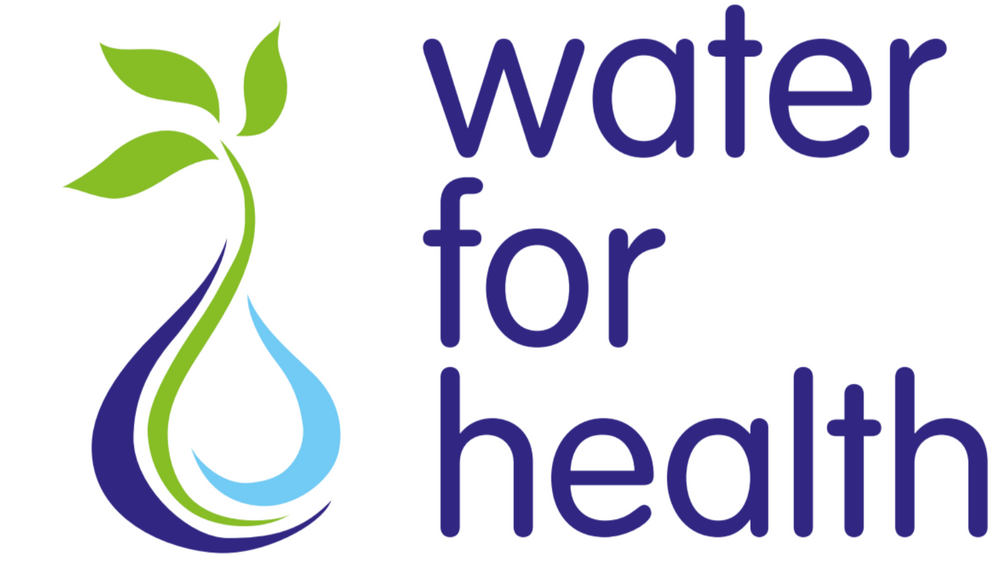



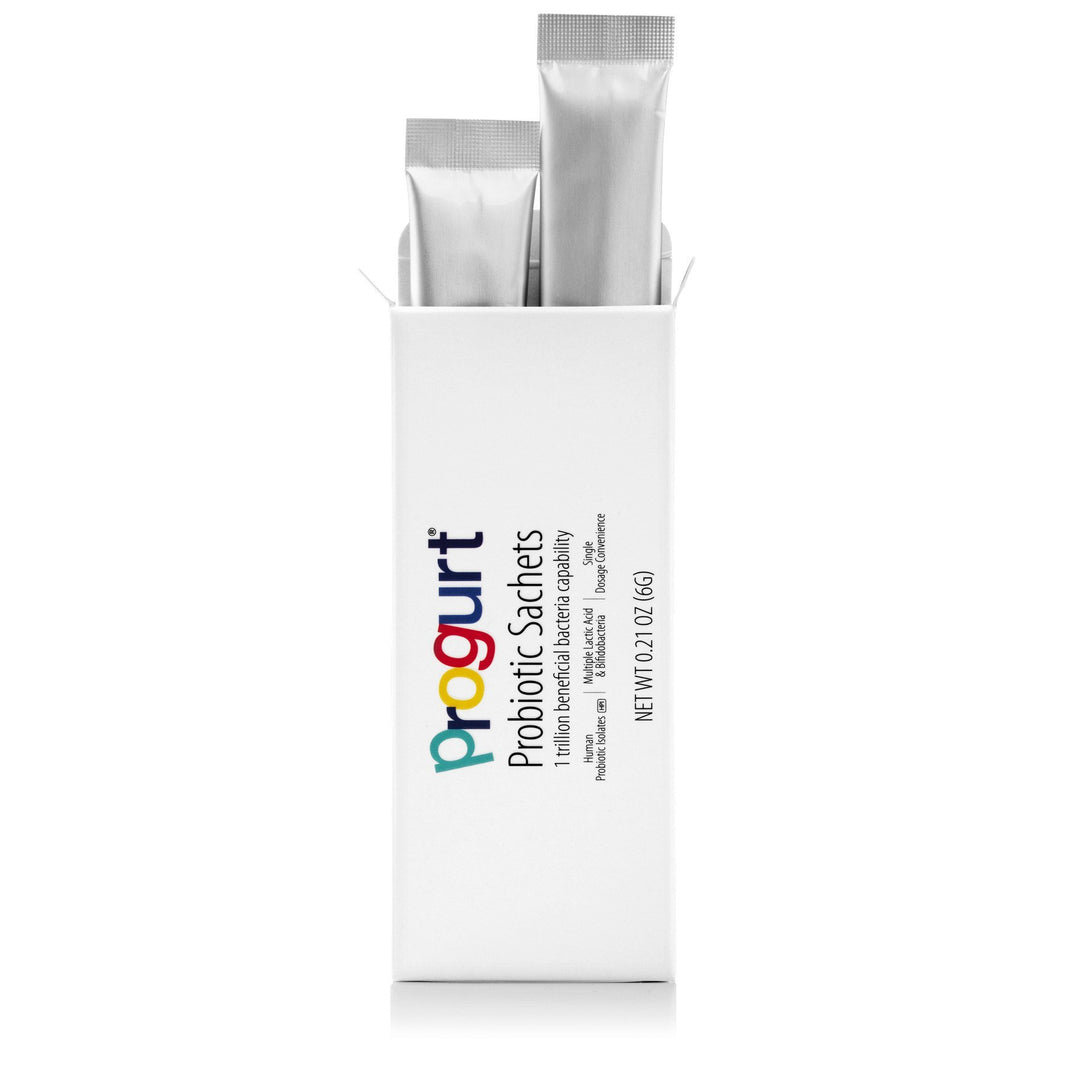





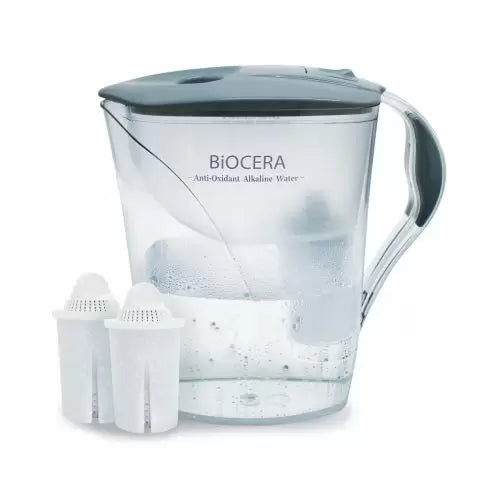




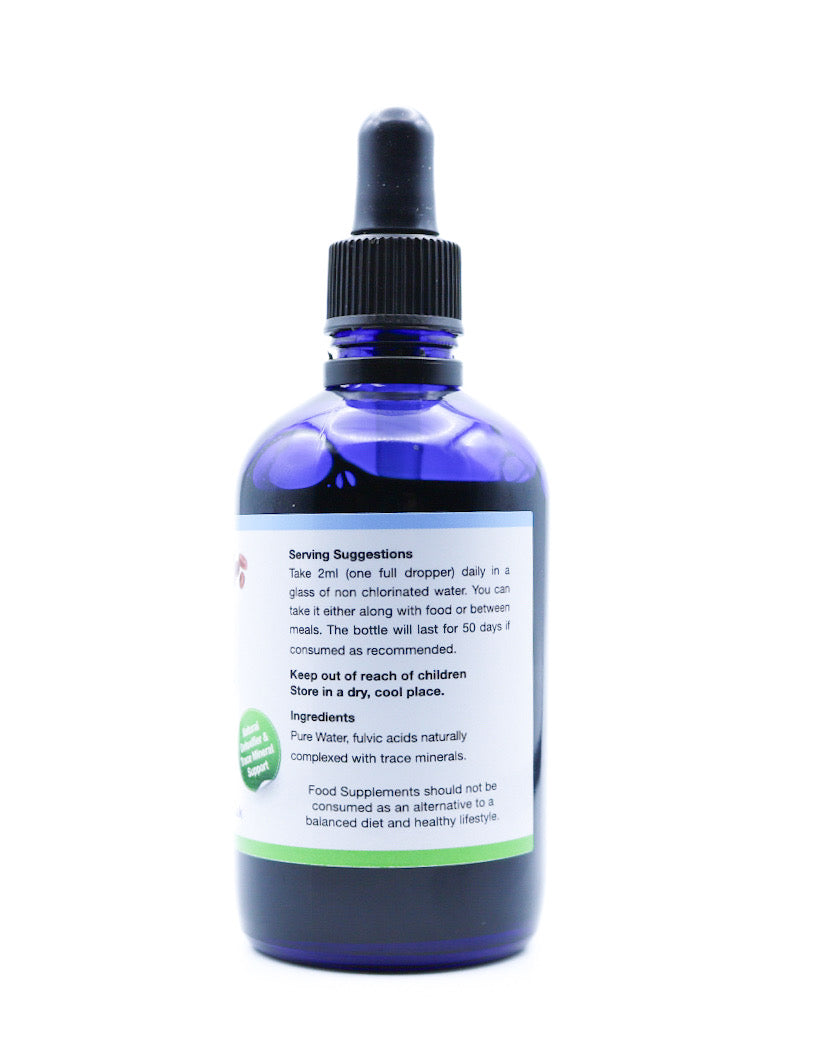
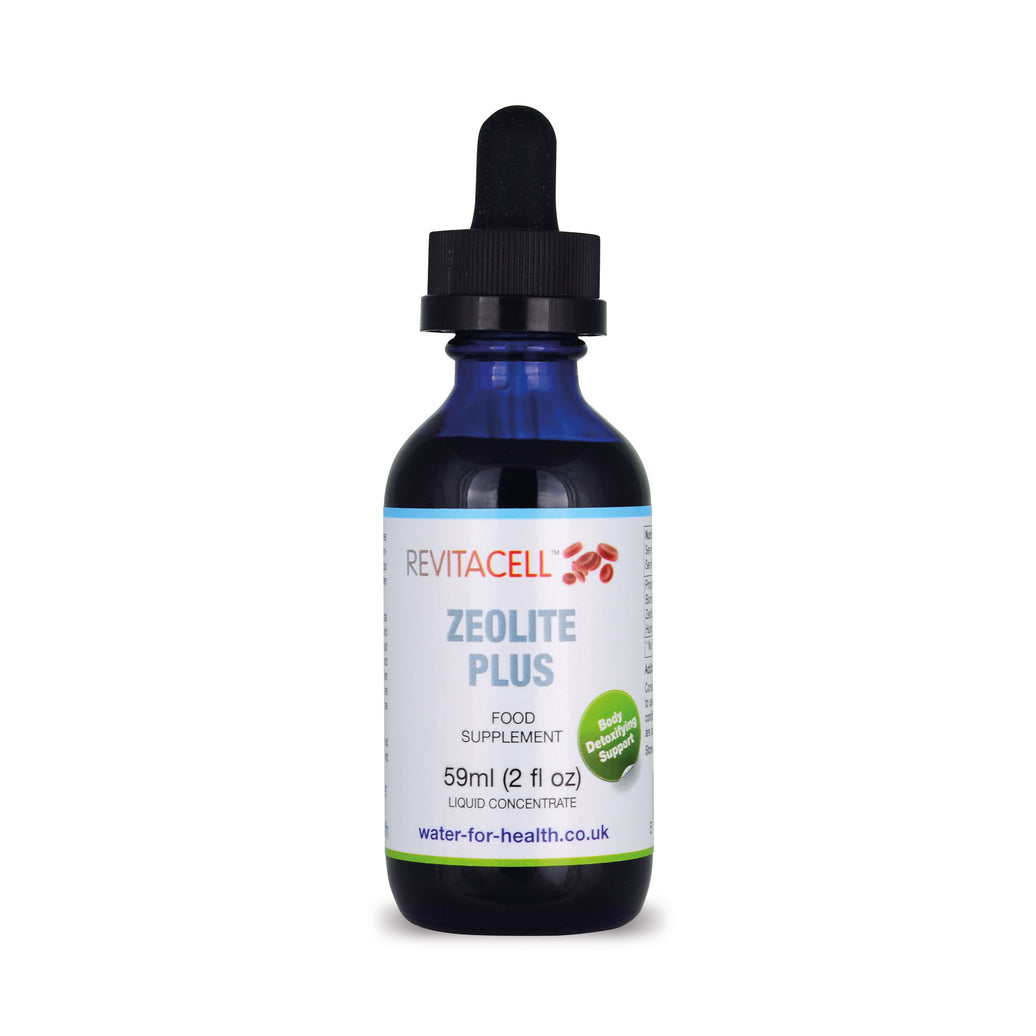
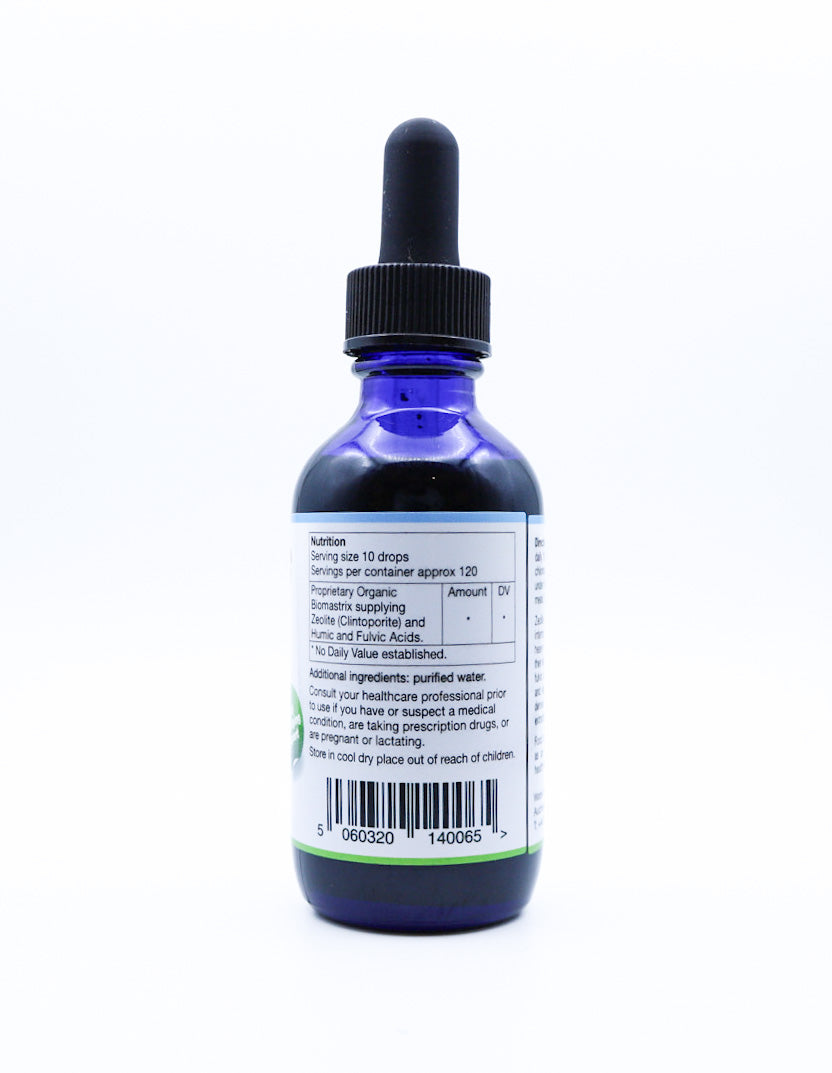

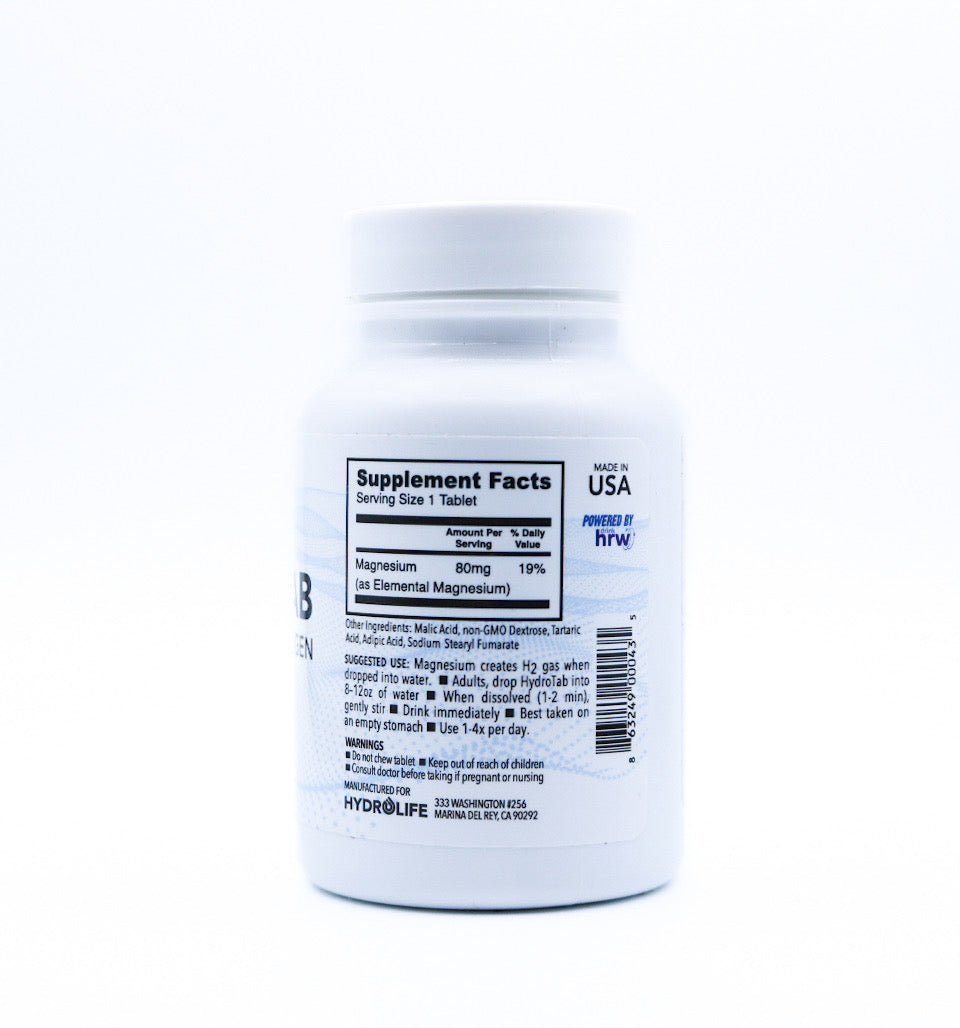








Leave a comment